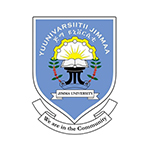Introduction to Jimma University:
Introduction: Jimma University is located in Jimma, Ethiopia. It can be translated into Chinese as Jimma University or Jimma University. It is one of the largest higher education institutions in Ethiopia.
Overview: The school has four campuses and is building a fifth campus covering an area of 167 hectares. The school has more than 4,000 faculty and staff, educates more than 43,000 students, offers 56 undergraduate and 103 graduate courses, has 12 research facilities, and has modern hospitals, community schools, community radio stations, ICT centers, libraries, etc.
History: Its history can be traced back to the establishment of Jimma Agricultural College in 1952, Jimma Health Sciences in 1983, and Jimma Agricultural College and Jimma Health Sciences in December 1999. The school was officially renamed Jimma University.
Founding time: Its origin can be traced back to 1952, and it was officially named Jimma University in December 1999.
School Strength
Faculty: With more than 4,000 faculty members, including 2,600 teachers, the faculty is large and professional.
Teaching Resources: There are 12 research facilities equipped with modern teaching and scientific research equipment, and a library with a rich collection of books, providing students with rich learning resources.
Nature of the institution: Public university.
Educational philosophy: Adhering to the concept of "We are in the community", it is a pioneer in innovative teaching concepts based on community education (CBE), bringing training into the community and using the community as a source of students' knowledge and practice to narrow the gap in students' skills (problem solving) and attitude changes.
Key laboratories and disciplines
Key disciplines: Tropical disease research, agricultural science, public health, veterinary medicine and other disciplines are strong, and have a certain influence in Ethiopia and even in Africa.
Key laboratories: There are tropical and infectious disease research centers, mycobacteria research centers, molecular biology research centers, drug quality research centers, etc.
Faculty: Including Graduate School, Technical College, Education and Professional Development Research College, Agriculture and Veterinary College, Business and Economics College, Natural Science College, Humanities and Social Sciences College, Law and Governance College, Public Health and Medical Sciences College, Art College, etc.
Ranking: It was rated as the leading university in the country by the Ethiopian Federal Ministry of Education for four consecutive years from 2009 to 2012.
Cost: Tuition fees are relatively low for Ethiopian students, and the government may have a subsidy policy. There is no exact public data on tuition fees for international students, but it should be within a reasonable range overall. The school may provide some scholarships and grants.
Campus environment: The main campus is located near the former palace of King Jimma, and there are public museums nearby. The campus has attractive green landscapes all year round, reflecting the unique natural landscape of the local area. Surrounded by coffee plantations, it has a strong local flavor and a friendly community atmosphere.
-

Unity University
-
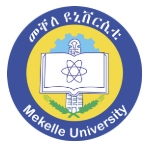
Mekelle University
-
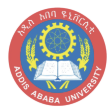
Addis Ababa University
-
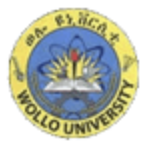
Wollo University
-
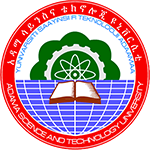
Adama Science and Technology University
-
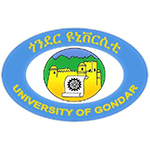
University of Gondar
-
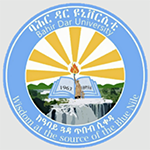
Bahir Dar University
-

Haramaya University
-
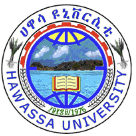
Hawassa University
-
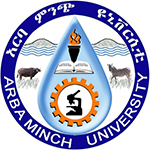
Arba Minch University
-

Mesoamerican University
-

Istmo University
-

Mariano Galvez University of Guatemala
-

Regional University of Guatemala
-

Galileo University
-

Francisco Marroquín University
-

Rafael Landívar University
-

University of the Valley of Guatemala
-

University of San Carlos of Guatemala
-

Technological Institute of Tlaxcala Plateau
-

Golfo University
-

Technological University of South Sonora
-

Technological University of Huejotzingo
-

Tizimín Institute of Technology
-

Chilpancingo Institute of Technology

